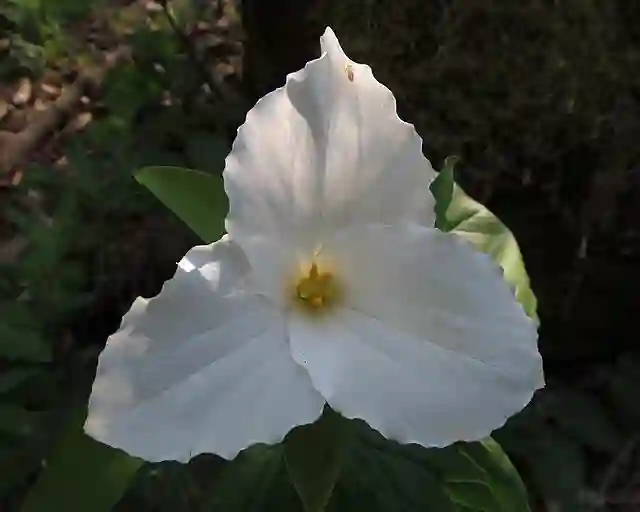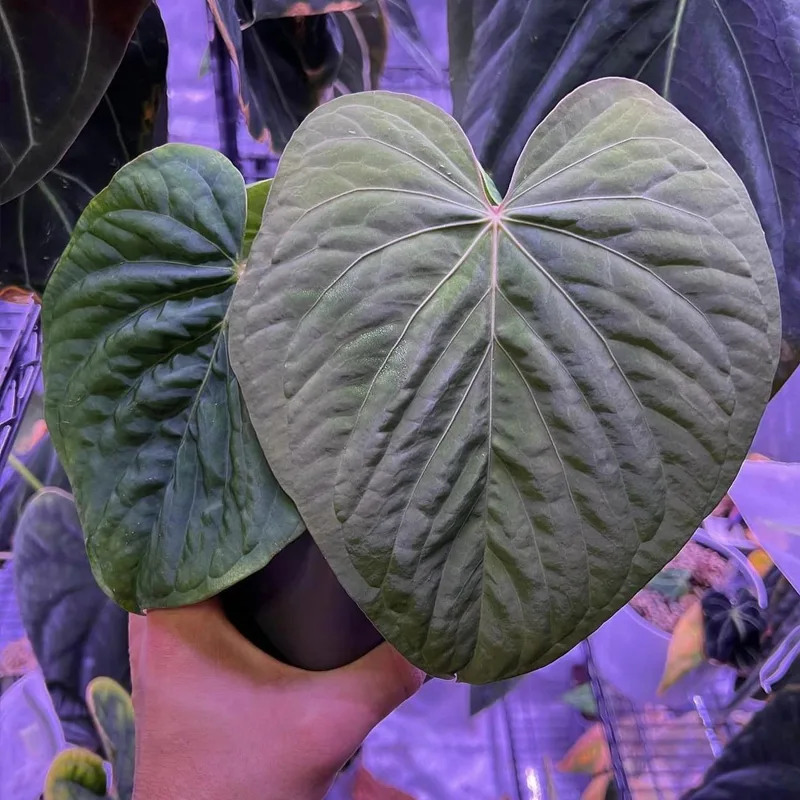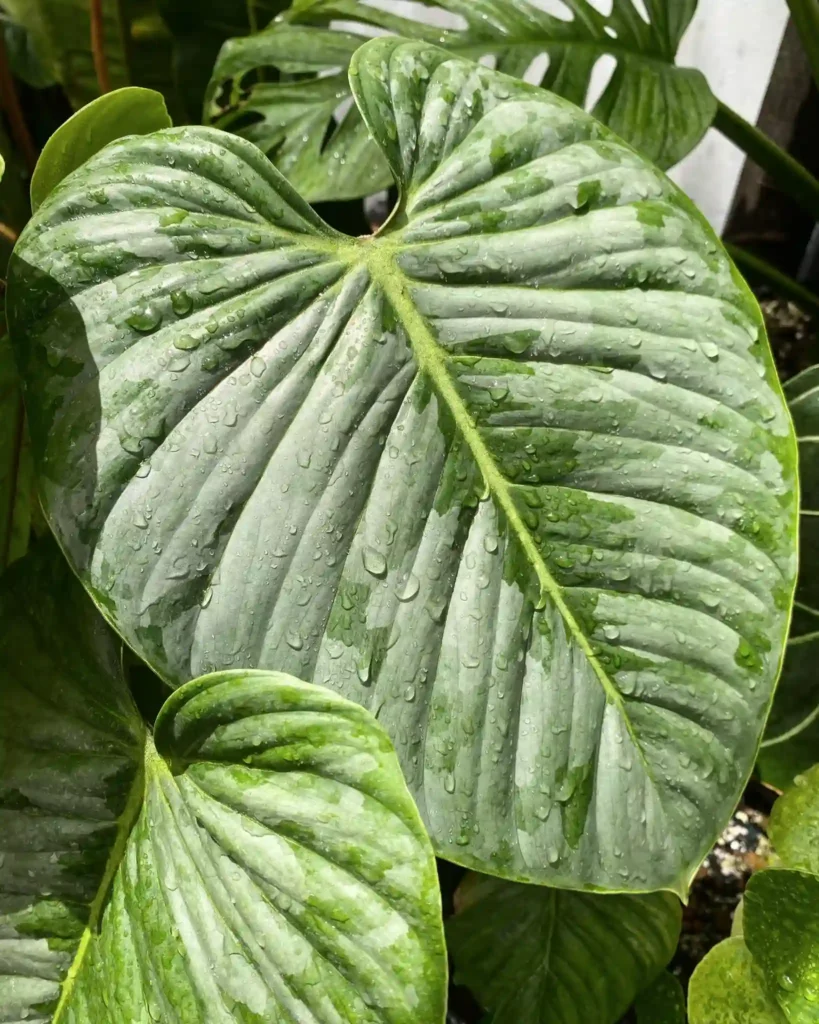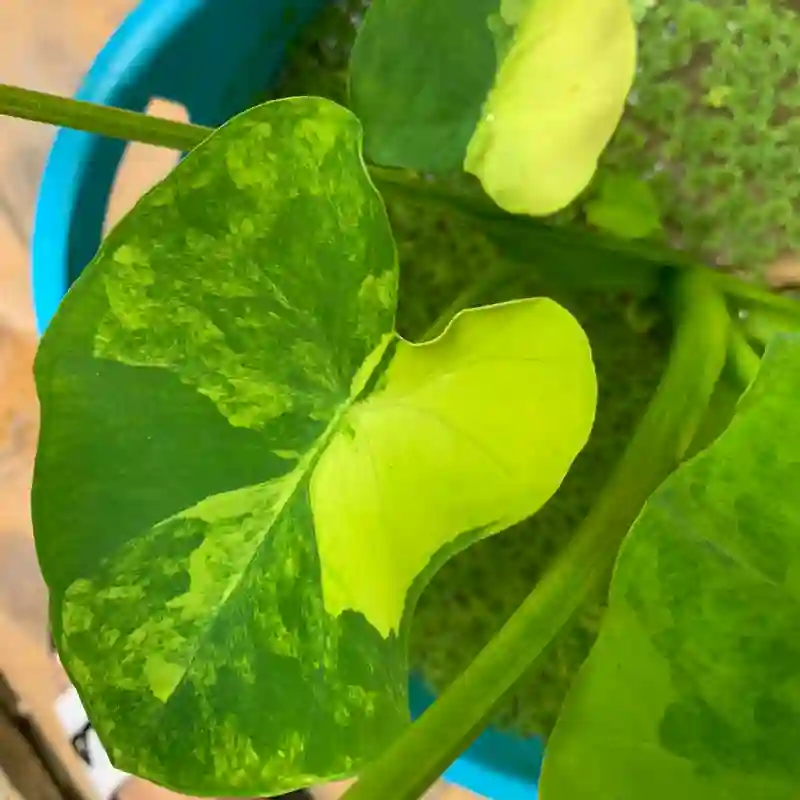Brodiaea: A Western Beauty
My name is Ferb Vu, and I’ve always been drawn to the subtle beauty of wildflowers. Growing up in California, I was surrounded by them. But it wasn’t until I stumbled upon a cluster of vibrant purple blooms shooting up from the grassy hillsides that I truly fell in love. These weren’t just any wildflowers; they were Brodiaea, and they sparked a fascination that continues to this day.
Brodiaea, also known as cluster-lilies, are a genus of flowering plants native to western North America. They’re a member of the Asparagaceae family, which puts them in the same order (Asparagales) as more familiar plants like asparagus and orchids. What sets Brodiaea apart is their unique charm. They’re not showy or flamboyant, but they possess a quiet elegance that I find captivating.
A Closer Look at Brodiaea
Imagine a slender stem, rising from the earth, crowned with a cluster of bell-shaped flowers. That’s Brodiaea in its essence. The flowers themselves come in a range of colors, from the deep blues and purples of Brodiaea coronaria (Crown Brodiaea) to the delicate lavender hues of Brodiaea californica (California Brodiaea). Each blossom is composed of six petal-like segments called tepals, which are often fused at the base to form a tube. This gives them a distinctive, almost ethereal appearance.
But Brodiaea’s beauty isn’t just skin deep. These plants are remarkably adapted to their environment. They thrive in the dry, often harsh conditions of California’s grasslands and woodlands. Their underground corms – bulb-like structures that store nutrients – allow them to survive through long periods of drought. And when the rains finally arrive, they burst forth with renewed vigor, painting the landscape with their vibrant colors.
The Diversity of Brodiaea
While the name “Brodiaea” might not be a household term, the genus encompasses a surprising diversity of species. Here are a:
- Brodiaea appendiculata (Appendage Brodiaea): This species is distinguished by its three stamens, each with a small, petal-like appendage at its base.
- Brodiaea elegans (Harvest Brodiaea): Known for its larger, more showy flowers, often in shades of deep violet or blue.
- Brodiaea filifolia (Thread-leaved Brodiaea): As its name suggests, this species has very narrow, thread-like leaves.
- Brodiaea insignis (Kaweah Brodiaea): A rare species with large, lavender-blue flowers, found only in a small area of the southern Sierra Nevada.
- Brodiaea jolonensis (Mesa Brodiaea): This species is adapted to the dry, mesa habitats of central California.
- Brodiaea kinkiensis (San Clemente Island Brodiaea): Endemic to San Clemente Island off the coast of California, this species is threatened by habitat loss.
- Brodiaea californica Lindl.
- Brodiaea coronaria (Salisb.) Jeps.
- Brodiaea matsonii R.E.Preston
- Brodiaea minor (Benth.) S.Watson
- Brodiaea nana Hoover
- Brodiaea orcuttii (Greene) Baker
- Brodiaea pallida Hoover
- Brodiaea rosea (Greene) Baker
- Brodiaea santarosae T.J.Chester, W.P.Armstr. & Madore
- Brodiaea sierrae R.E.Preston
- Brodiaea stellaris S.Watson
- Brodiaea terrestris Kellogg
Why Brodiaea Matters
In our increasingly urbanized world, it’s easy to lose sight of the natural beauty that surrounds us. Plants like Brodiaea serve as a reminder of the delicate balance of our ecosystems. They provide food for pollinators, contribute to the health of the soil, and add a touch of wildness to our landscapes.
But Brodiaea also faces challenges. Habitat loss, climate change, and the introduction of invasive species all threaten their survival. It’s up to us to protect these delicate beauties and ensure that future generations can enjoy their quiet splendor.
For me, Brodiaea represents more than just a pretty flower. It’s a symbol of resilience, adaptation, and the quiet beauty that can be found in unexpected places. It’s a reminder to slow down, appreciate the natural world, and protect the delicate ecosystems that support us all.
If i die, water my plants!



